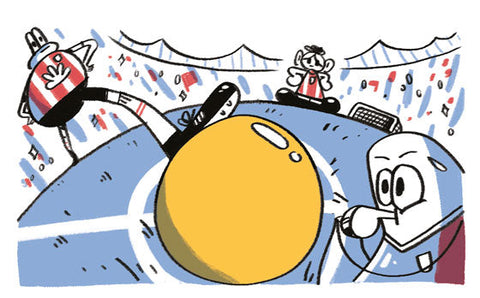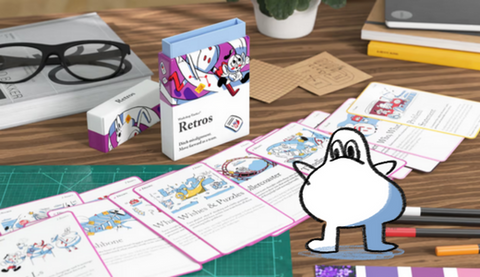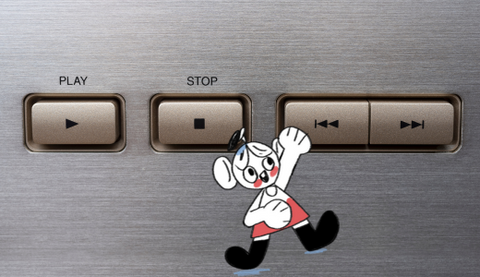A young couple's mutt gave birth to five exquisite puppies.
However, when they put an ad in the newspaper to sell them - they got no interest at all.
They tried to give them away, but they had no takers.
One night they had an idea. They changed the ad in the paper to read “Free puppies. Five cute. One ugly.”
What happened next? Droves of people turned up the next day to take home the poor ugly puppy.
They were all adopted in one day.
Sometimes what may seem like a nonsensical idea can lead to an astonishing effect. A similarly astounding and counterintuitive approach is to run a workshop in silence.
Why on earth would you want to run a workshop in silence?
When we speak, we don't listen.
By this measure, the more we speak, the less take notice of what other people have to say. This is especially dangerous when only one or two people talk, and the rest of the group does not.
The result is groupthink.
Groupthink is when people set aside their own personal beliefs and adopt the opinion of the rest of the group. You end up with the most dominating personality leading the ideas, along with all of their singular biases and worldview.
Running a workshop in silence quells the loudest voices.
Aside from enjoying peace and quiet in each other's company, a silent workshop gives everyone an equal platform to bounce their thoughts and ideas. For the naturally 'amplified' members of the workshop, it won't come easy at first. The way to keep silence is surprisingly simple:
To run a workshop in silence, focus the group on sketching and note-taking.
This sketching principle is the reason why great workshops are comprised of a lot of post-it notes and Theme Sorting. When you give people time and space to think, you create a more stable, democratic and collaborative environment.
A quiet environment breeds more diverse and developed ideas.
It gives the quieter and more introspective people the same chance at communicating their thoughts. What’s more, the uninterrupted thinking time allows for ideas to develop.
It’s not silent forever, however.
Having sketches to present back to the group creates structure in the ideation process and a visual anchor for the ensuing conversation. When everyone talks, we all create our own version of the idea in our heads. So when we can see each other's ideas, it becomes much easier to understand and build upon them.
Less talking, more drawing.
Make room for discussion when people have had a chance to think independently. Like the puppy ad in the newspaper, you'll be surprised how effective silent workshop-running can be.
Try these tactics
The next time you run a meeting or workshop, try an ideation exercise such as Crazy Eights or Round Robin to get everyone’s brain down on paper. Coming up with ideas without a warm up can be hard, so consider creating a Mind Map beforehand.
Read next: How to run a great workshop or How to facilitate a remote workshop without feeling awkward.









